Taro, with its heart-shaped leaves and starchy, knobby roots, is a staple ingredient in many cultures around the world. Its culinary versatility, nuanced flavor, and cultural significance have made it a cherished food for centuries, contributing to a vast and diverse range of dishes. This article delves into the culinary uses of taro, exploring its multifaceted applications in traditional and modern cuisines.
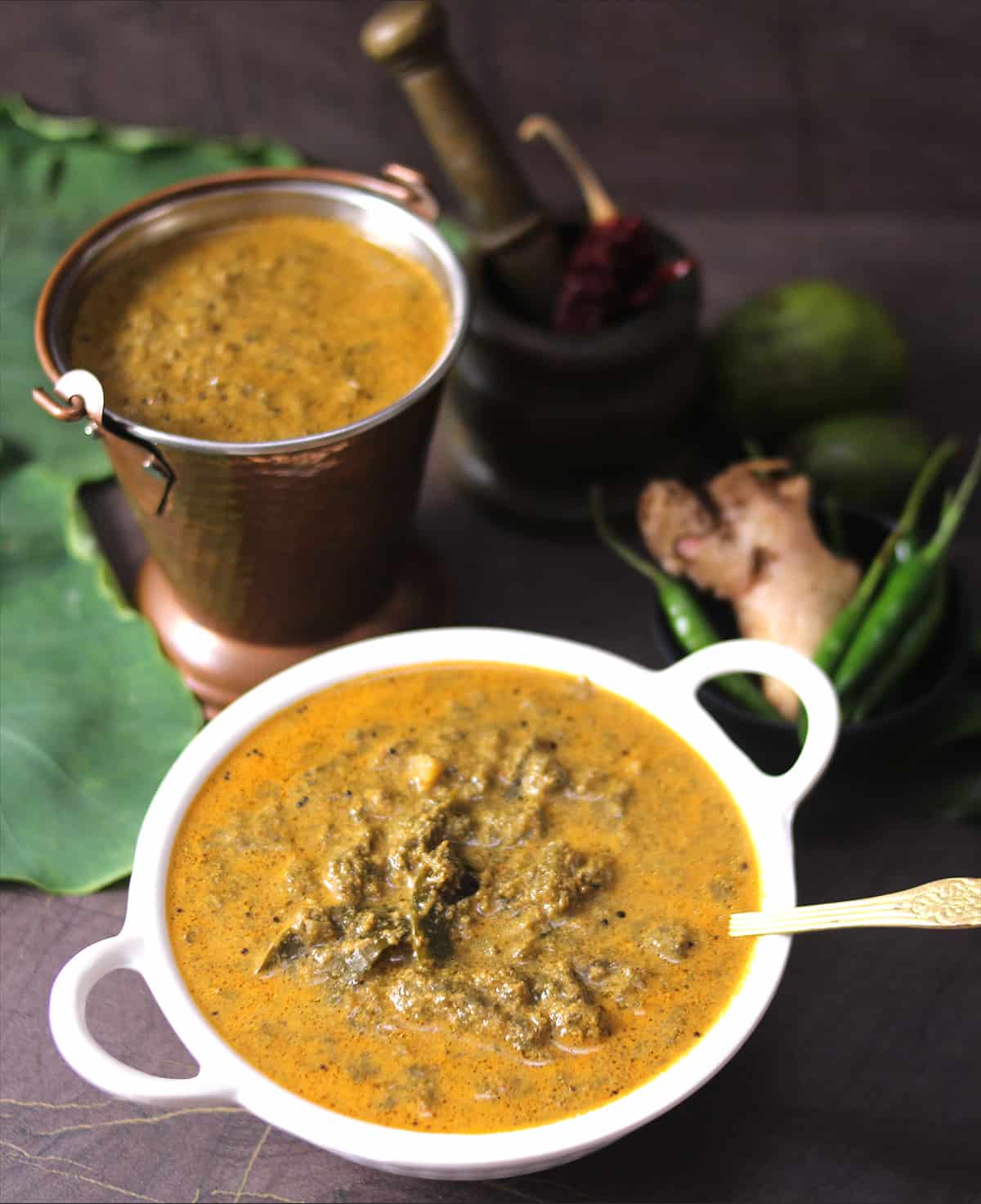
Taro Root Dishes
Taro root, the starchy tuber that forms the plant’s base, is a culinary powerhouse. Its starchy nature lends itself to diverse applications, yielding dishes ranging from sweet to savory.
Root Preparation
Before cooking, taro roots are typically peeled and often boiled or steamed to soften their starchy texture. This process removes any potential irritation from the raw root’s calcium oxalate crystals.
Classic Taro Dishes
Poi: This traditional Hawaiian dish is a foundational element of their cuisine. Poi is made by pounding cooked taro root, creating a smooth, viscous paste with a subtly sweet and tangy flavor.
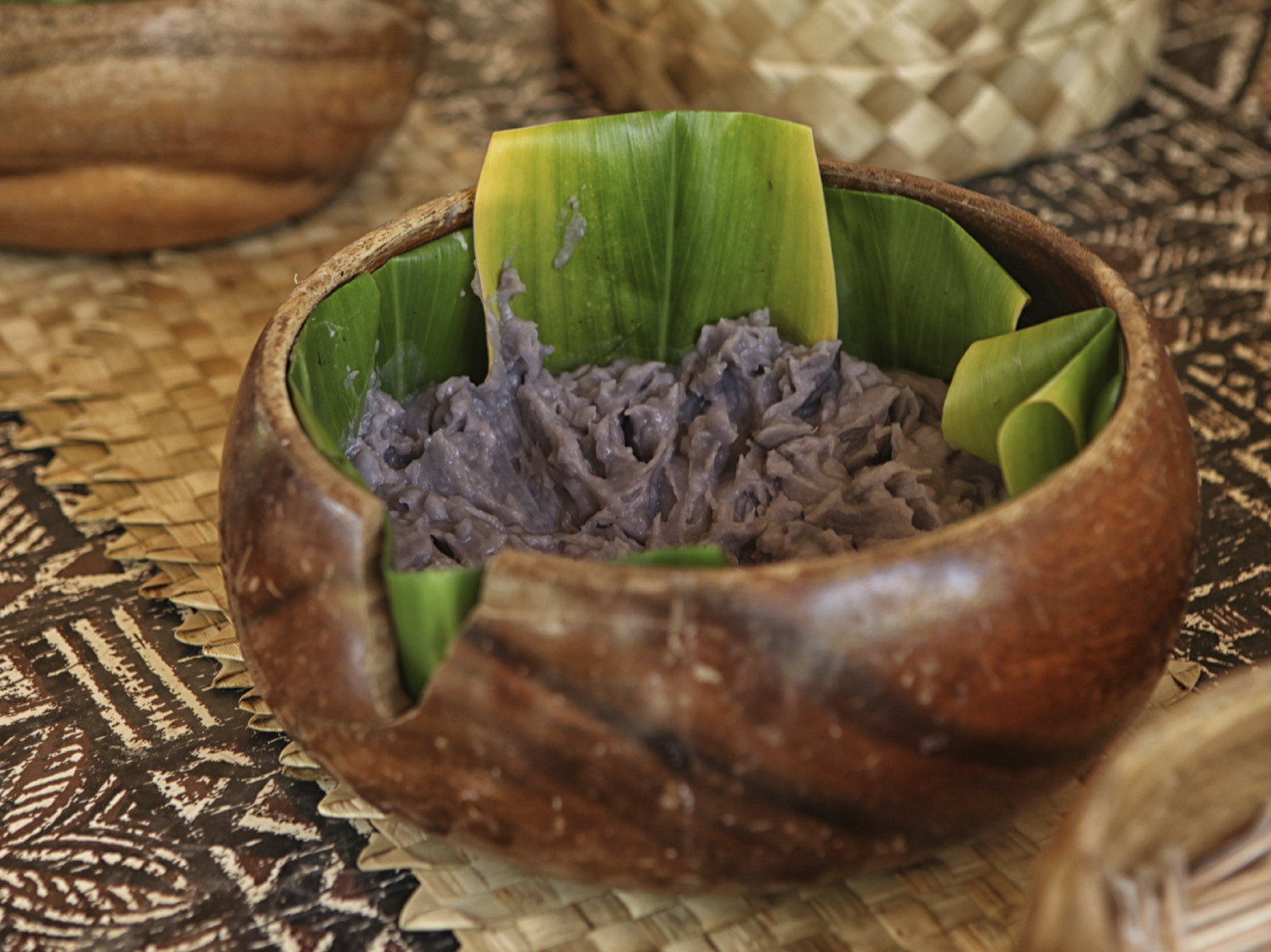
Taro Chips: A popular snack and side dish in many cultures, taro chips offer a delightful crunch. They are typically made by slicing the taro root thinly and then deep-frying or baking them until crisp.

Taro Fritters: These savory taro patties are a common street food and side dish in various Asian and Pacific Island cuisines. Grated or mashed taro root is combined with seasonings and sometimes other ingredients, then fried until golden brown.
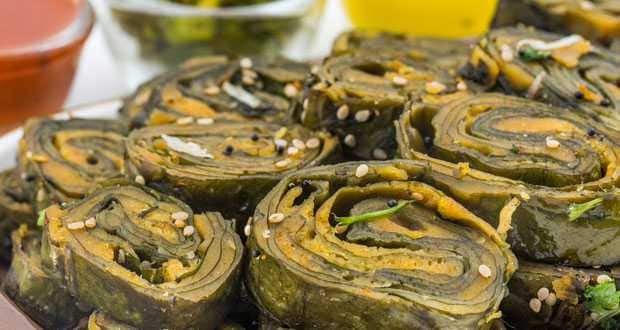
Taro Dumplings: In Chinese cuisine, taro is often used in the making of dumplings, both savory and sweet. The starchy taro root adds a unique texture and flavor to these delectable parcels.
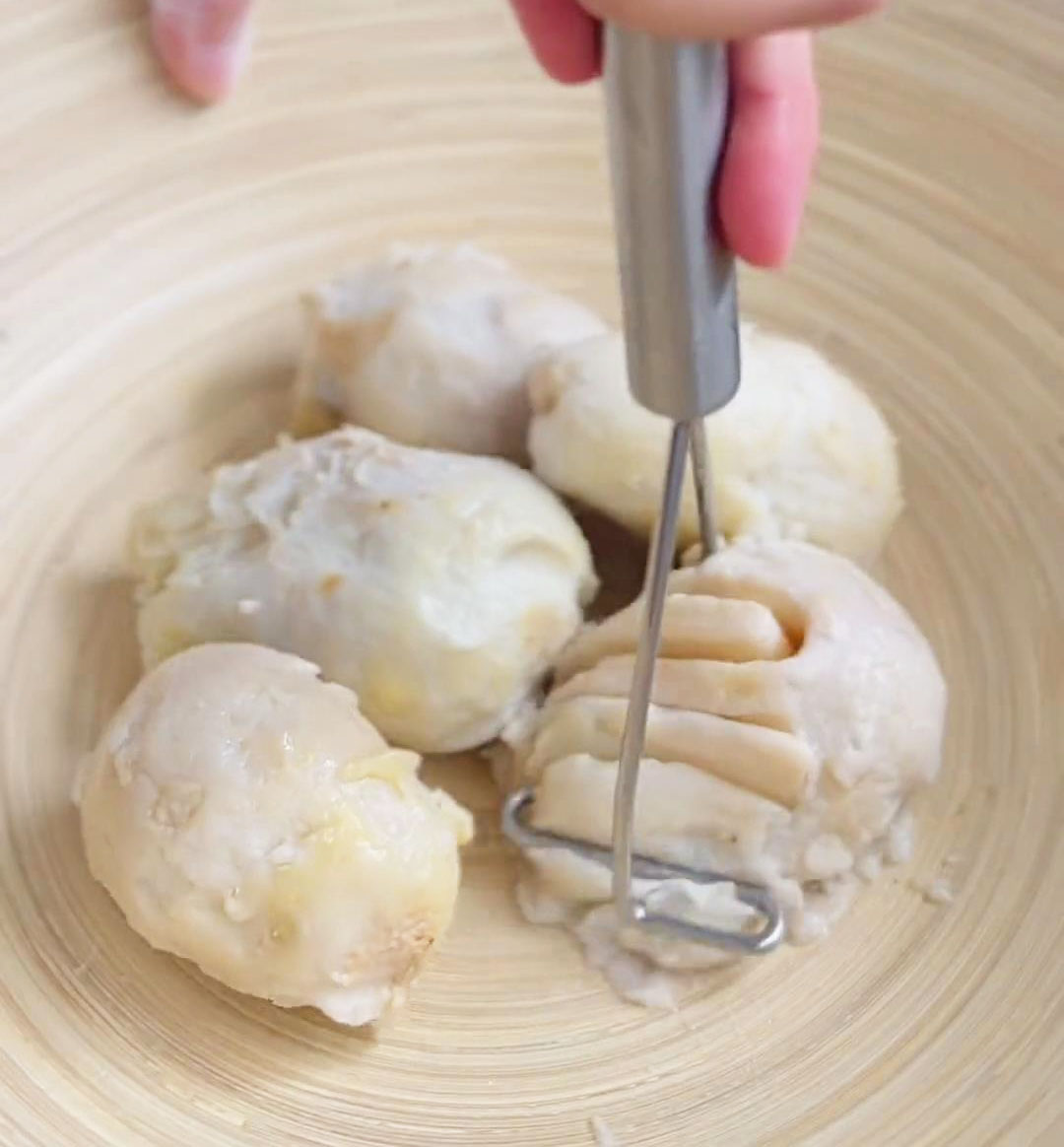
Taro Puree: Mashed or pureed taro root can be used as a base for various dishes, such as soups, stews, or as a side dish. Its creamy, velvety texture complements many savory and sweet preparations.
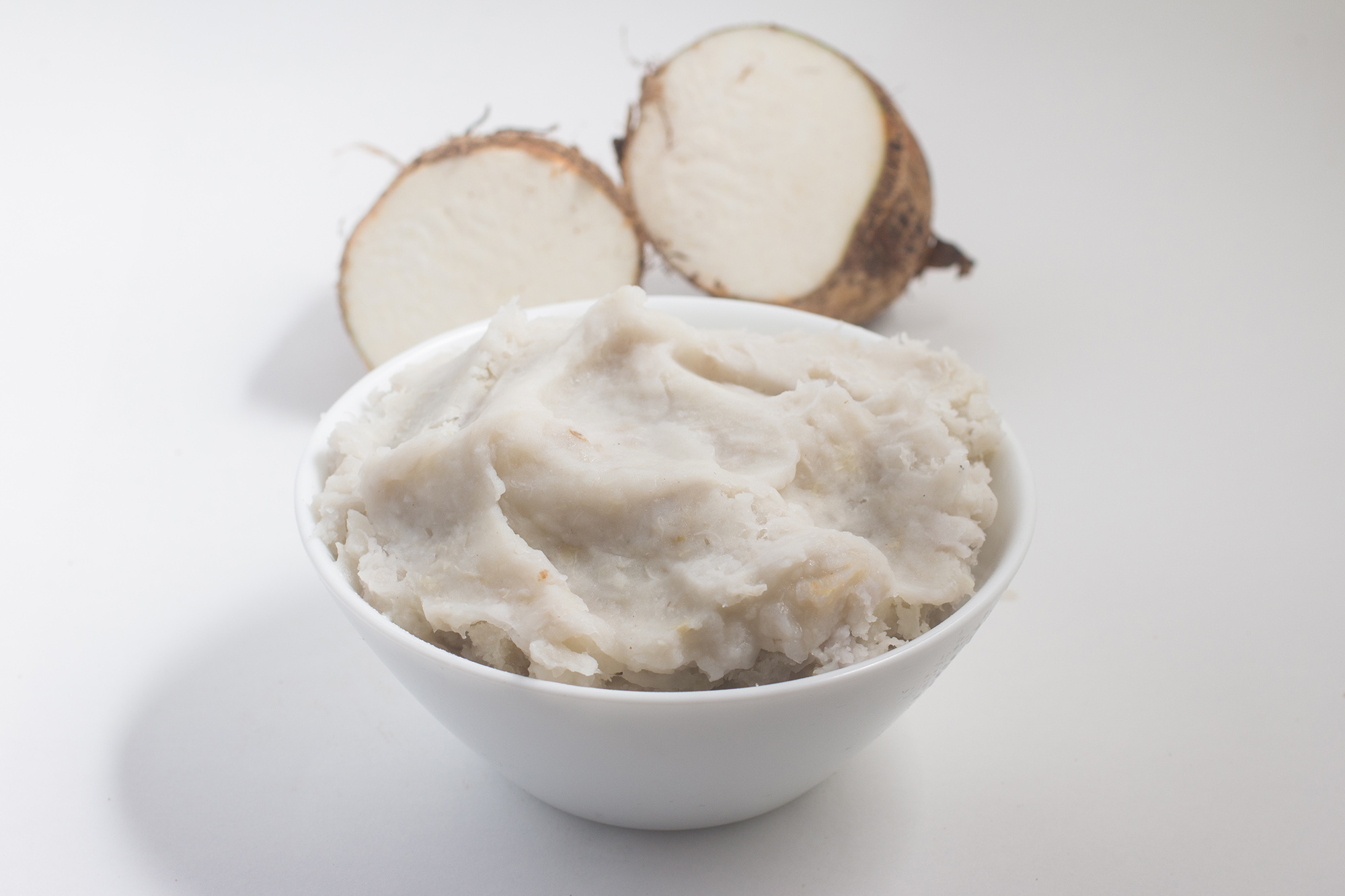
Taro in Desserts
Taro’s versatility extends to the world of desserts, where it shines in a variety of sweet treats.
Taro Buns: Soft, pillowy buns filled with a sweet taro paste are a beloved snack in many Asian countries. The starchy taro root adds a delightful texture and flavor to these baked goods.
Taro Cakes: Taro is often used in the making of cakes, both in traditional and modern recipes. The root’s natural sweetness and starchiness contribute to the cake’s moist and dense texture.
Taro Pudding: Sweet taro puddings, often with a custard-like consistency, are a popular dessert in various cuisines. The taro root lends a unique flavor and creamy mouthfeel to these comforting treats.
Taro Ice Cream: The starchiness and natural sweetness of taro make it an excellent ingredient for ice cream. Taro ice cream, often with a vibrant purple hue, is a beloved dessert in many Asian cultures.
Taro in Savory Dishes
Taro’s starchy nature also lends itself well to savory applications, where it can be used as a versatile ingredient.
Taro Stew: In many Pacific Island and Southeast Asian cuisines, taro root is a common ingredient in hearty stews, adding thickness and a distinct flavor profile.
Taro Curry: Taro is often incorporated into curries, contributing its starchy texture and subtle sweetness to the dish. It can be used in both vegetarian and meat-based curries.
Taro in Soups: The starchy nature of taro root makes it an excellent thickening agent for soups, adding a creamy, velvety texture to the dish.
Taro Stuffed Dishes: Taro root can be hollowed out and stuffed with various fillings, creating a unique and satisfying dish. This technique is commonly used in dishes like stuffed taro or taro boats.
Taro Mash: Similar to mashed potatoes, taro root can be mashed and seasoned, creating a versatile side dish that pairs well with a variety of main courses.
Taro Leaf Recipes
Taro leaves, with their large, heart-shaped appearance and distinct flavor, are also widely used in culinary applications around the world.
Preparing Taro Leaves
Before cooking, taro leaves must be properly prepared to remove any potentially irritating compounds. This typically involves boiling or steaming the leaves to break down the calcium oxalate crystals.
Taro Leaf Dishes
Taro Leaf Stir-Fry: Taro leaves are commonly used in stir-fries, where their slightly bitter, earthy flavor is balanced by various seasonings and other ingredients.
Taro Leaf Soup: The large, broad leaves of taro make an excellent addition to soups, contributing their unique taste and texture to the dish.
Taro Leaf Salad: Taro leaves can be used in salads, either raw or lightly cooked, adding a distinct flavor and crunchy texture.
Taro Leaf Wraps: Taro leaves can serve as a wrapper for various fillings, creating a nutritious and flavorful alternative to traditional wraps or rolls.
Taro Leaf Curry: In many South and Southeast Asian cuisines, taro leaves are incorporated into curries, lending their earthy notes to the dish.
Traditional Dishes
Taro has been a staple ingredient in traditional cuisines around the world for centuries, contributing to a rich culinary heritage.
Polynesian Cuisine
Poi: As mentioned earlier, poi is a traditional Hawaiian dish made by pounding cooked taro root into a smooth, starchy paste. It is a staple food in Hawaiian culture, often served as a side dish or as a base for other preparations.
Luau Stew: In Hawaiian luaus (celebrations), taro leaves are a crucial ingredient in the traditional luau stew, which also features pork, coconut milk, and other aromatic vegetables.
Southeast Asian Cuisine
Taro Curry (Massaman Curry): In Thai cuisine, taro root is commonly used in the preparation of Massaman curry, a rich and creamy dish that blends taro’s starchiness with aromatic spices and coconut milk.
Taro Fritters (Ubi Goreng): Indonesia’s taro fritters, known as ubi goreng, are a popular street food and side dish that showcases the versatility of taro root.
Taro Rice (Xoi Khoai Mo): In Vietnamese cuisine, taro is often used to make a unique and flavorful sticky rice dish called xoi khoai mo, where cooked taro is mixed with steamed glutinous rice.
East Asian Cuisine
Taro Buns (Boba): The Taiwanese boba tea culture has popularized the use of taro in sweet buns and fillings, creating a delightful fusion of taro’s starchiness and the chewy texture of the buns.
Taro Dumplings (Yuka Dango): In Japanese cuisine, taro is incorporated into traditional dumplings called yuka dango, where the starchy root adds a unique flavor and texture to the overall dish.
Taro Cakes (Lin Go): Chinese cuisine features taro cakes, known as lin go, which are savory or sweet cakes made with grated or mashed taro root, often steamed or pan-fried.
Beyond its nutritional value, this humble plant holds profound symbolic meaning, medicinal applications, and a central role in various festivals and traditions.
Conclusion
Taro, with its diverse culinary applications and rich cultural heritage, has cemented its place as a versatile and beloved ingredient around the world. From the starchy root to the large, nutrient-rich leaves, every part of the taro plant offers unique culinary possibilities, contributing to a wide array of traditional and modern dishes. As culinary enthusiasts and home cooks continue to explore the many facets of taro, its popularity and versatility are sure to endure, ensuring that this humble root vegetable remains a cherished component of global cuisines.
FAQs
- What parts of the Colocasia plant are edible?
The most commonly consumed part of Colocasia is the corm, also known as taro root. However, the leaves and stems are also edible when cooked properly.
- How do I prepare Colocasia corms for cooking?
Before cooking, Colocasia corms should be peeled and thoroughly washed. Due to the presence of calcium oxalate crystals, it’s crucial to cook them thoroughly to avoid irritation.
- What are some popular ways to cook Colocasia corms?
Colocasia corms can be boiled, steamed, roasted, fried, or mashed. They are often used in soups, stews, curries, chips, and even desserts.
- Can I eat Colocasia leaves raw?
No, Colocasia leaves should not be eaten raw as they contain calcium oxalate crystals, which can cause irritation. The leaves must be cooked thoroughly before consumption.
- What are some popular dishes made with Colocasia leaves?
Colocasia leaves are used in various cuisines around the world. They can be used to wrap and steam fish or meat, made into curries, stews, or even deep-fried as fritters.

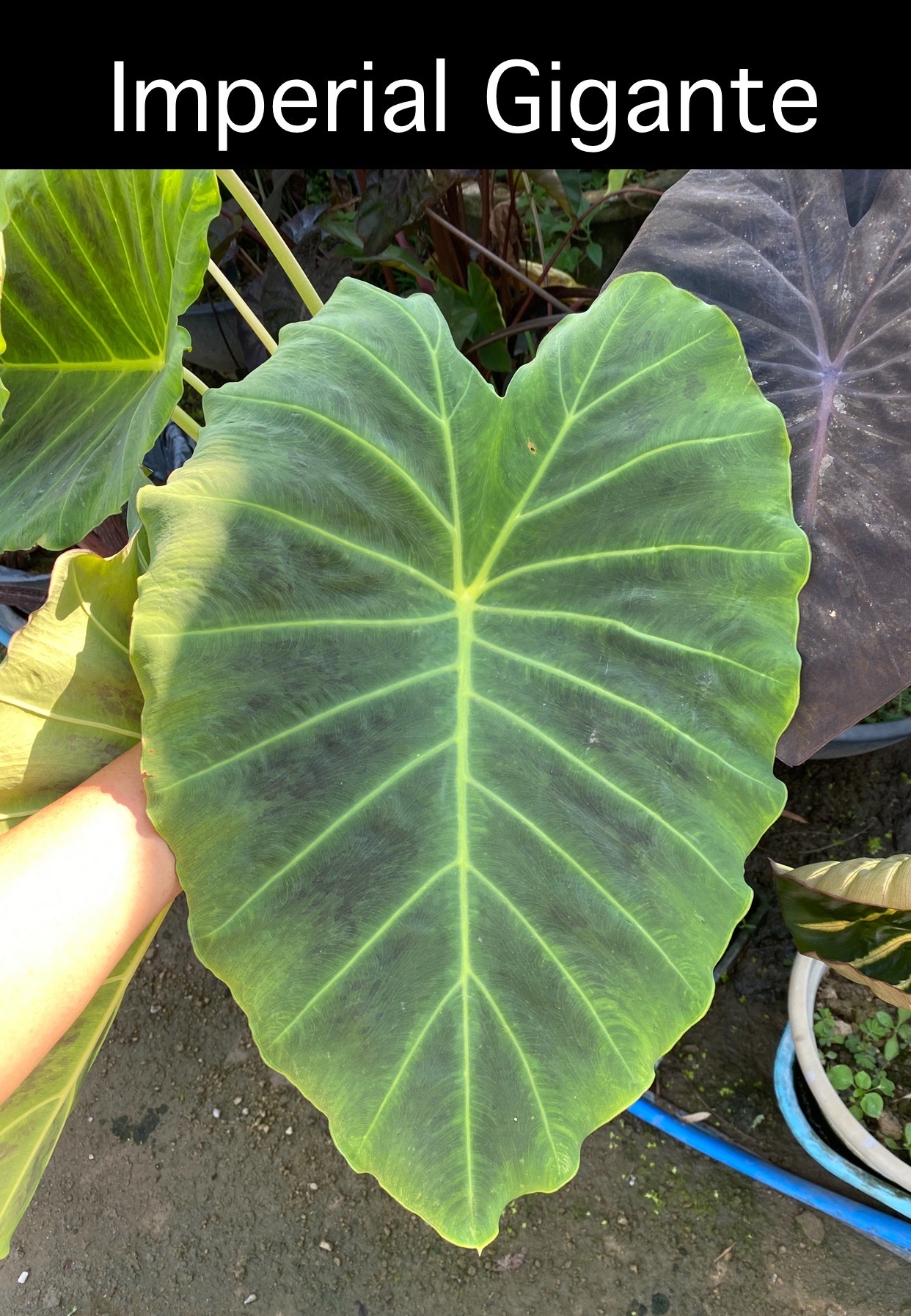

1 thought on “Culinary Uses Colocasia”